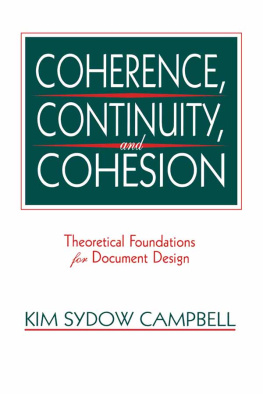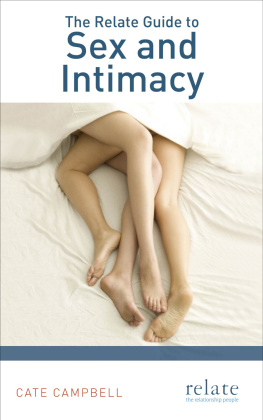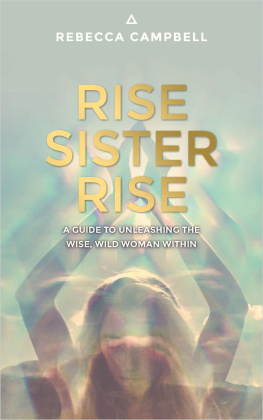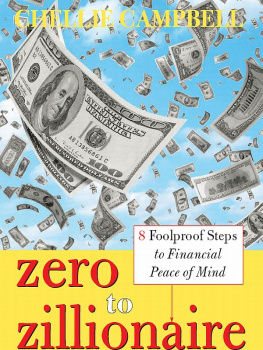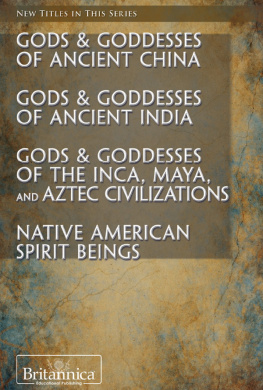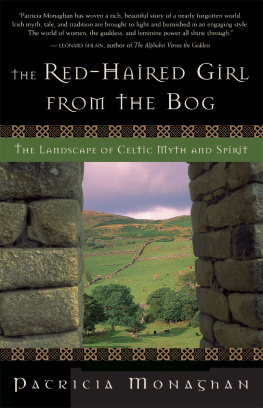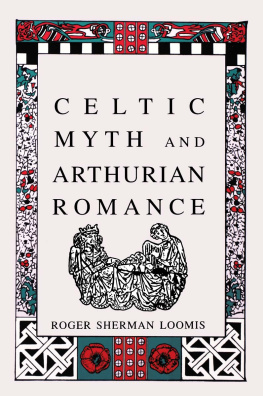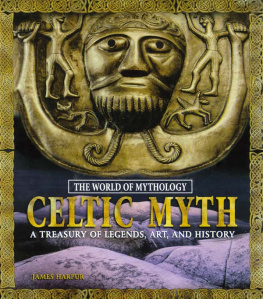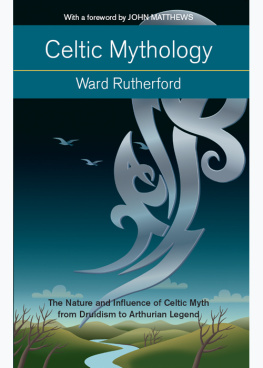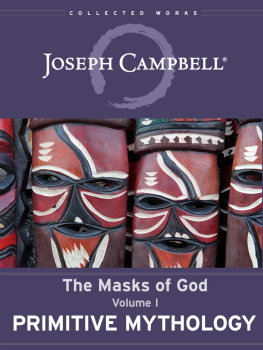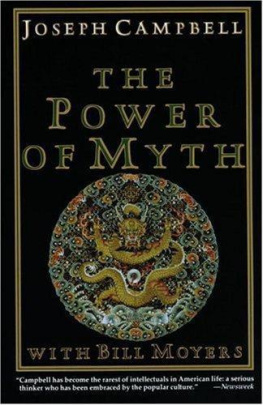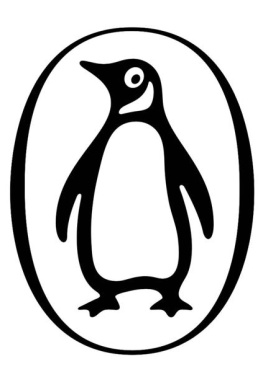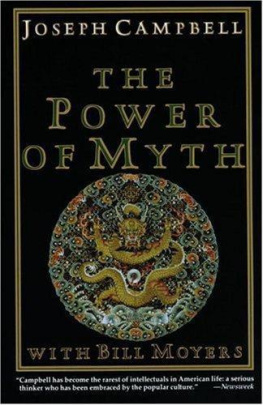First published 2005 by
Kegan Paul Limited
Published 2013 by Routledge
2 Park Square, Milton Park, Abingdon, Oxon, OX14 4RN
711 Third Avenue, New York, NY 10017, USA
Routledge is an imprint of the Taylor & Francis Group, an informa business
Kegan Paul, 2005
All rights reserved. No part of this book may be reprinted or reproduced or utilised in any form or by any electronic, mechanical, or other means, now known or hereafter invented, including photocopying and recording, or in any information storage or retrieval system, without permission in writing from the publishers.
| ISBN: 0-7 103-1086-2 | ISBN: 978-0-710-31086-6 (hbk) |
British Library Cataloguing in Publication Data
Library of Congress Cataloging-In-Publication Data
Applied for.
BETWEEN the years 1870 and 1884 the late Mr J. F. Campbell of Islay was repeatedly attracted by a series of legends current in the Highlands and Isles, which made special appeal to him as a storyologist. After reading a dozen versions of the stories, he found that no single title fitted so well as that of the Dragon Myth. It treats of water, Gggy mermaid, sea-dragon, tree, beasts, birds, fish, metals, weapons, and men mysteriously produced from sea-gifts. All versions agree in these respects; they are all water myths, and relate to the slaying of water monsters.
As early indeed as 1862, while fresh from work, he had taken incidents from three versions and compared them with versions in other languages. Several journeys in the Highlands followed, as also in Japan, China, and Ceylon. While in the East, it was part of his pastimes to make sketches of the Dragons of the Orient, his mind being all the while full of the legends of the West. He regarded this as one of the most important of myths, and the most difficult to deal with. It is the State Myth of England, Russia, and Japan. He found it in the Rig Veda, and he concluded generally that it is Eur-Aryan in the widest sense.
Of his own work he expressly says that it is free translation. I take the story from the Gaelic and tell it in my own words generally where the scribe's language is prosy. But when passages occur which seem worth preservationbits of recitation and quaint phrasesI have translated carefully. This is work honestly done while my head was full of the subject. I think that it might interest a large number of readers. The manuscript is among the Campbell of Islay Collection in the Advocates' Library, Edinburgh, to the Curators of which I am beholden for their courtesy, of which I now make public acknowledgment, in enabling me to complete at Glasgow University Library the transcription which I had begun many years ago.
For him the subject had two distinct aspects: first, the story is amusing for children; secondly, it has a scientific interest for a large and growing number of scholars. He had heard in London Mr Ralston give his lectures upon Russian stories, and found that the children in the audience were much amused. But amongst the audience were also Thomas Carlyle, Professor Owen, Sir R. Murchison, Reeve, Lady Ashburton, Miss Dempster of Skibo, and a number of learned people who wanted to know the philosophy of the subject. For Mr Campbell thought there was a great deal of philosophy in it, and he states: I want readers, wise and foolish, to be equally well treated. The foolish may read the story, the wise may read both story and notes.
He had read parallel stories in Swedish, German, French, Italian, English, and had heard outlines of Russian versions which seemed to him more mythical and nearer the original shape. He even found a part of the story in a book of Swahili tales told at Zanzibar.
Theoretically, he remarks in 1876, this looks like serpent worship, and the defeat of serpent worship by some mythical personage. Many of the incidents which are not in Gaelic, but are in Swedish, can be traced, and are explained in the Russian version, e.g., a well is a serpent, an apple tree is another serpent, a cushion in a meadow is a third serpent transformed. Three brothers are concerned in Russian. In Swedish the serpent-slaying heroes are born of maidens who in one instance drink of a well, and in the other eat an apple. Three brothers are concerned in the adventures in Gaelic in one case, and incidents enough for three are in the several versions; if they were combined, Gaelic Swedish and Russian together would make something like a fragment of mythology, but the Gaelic versions give the largest quantity of materials.
The incidents, which number about 440, or deducting what are but variants, about 200, were put together from the following Gaelic versions or stories (of which some specimens are given in this book) collected between January 1856 and January 1861. They are:
1. Sea-Maiden, No. IV., Popular Tales of the West Highlands, p. 72. Hector Urquhart and John Mackenzie, Inveraray.
2. The Three Roads. Hector Maclean and B. Macaskill, Berneray. MS.
3. The Fisher's Son and The Daughter of the King of the Golden Castle. John Dewar; J. MacNair, Clachaig, Cowal. MS.
4. The Five-headed Giant. B. Macaskill, Berneray; and Hector Maclean. MS.
5. The Smith's Son. Same sources. MS.
6. The Fisher Hector Maclean and Alexander MacNeill, Ceanntangaval, Barra. MS.
7. The Gray Lad. Hector Maclean and John Smith, Polchar, S. Uist. MS.
8. The Second Son of the King of Ireland and The Daughter of the King of France. J. Dewar; J. MacNair, Clachaig, Cowal. MS.
9. The Sea Maiden. MS. notes by J. F. C., and John MacPhie, vol. i., Popular Tales. Interleaved copy, second recitation.
10. The Sea Maiden. Pp. 328, 346 of English Collection by J. F. C. Notes and MSS.
11. Notes from an Irish blind fiddler on the Loch Goil Head steamer. Interleaved copy. Popular Tales, vol i., p. 71.




